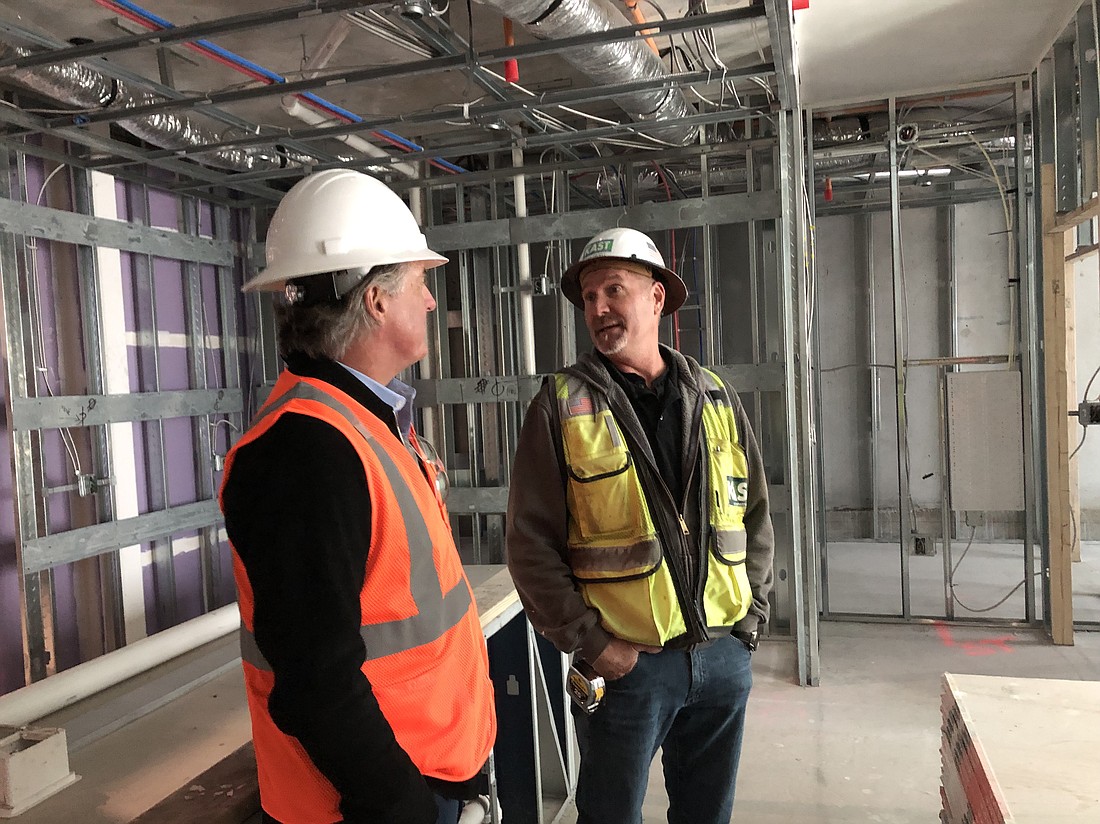- December 15, 2025
-
-
Loading

Loading

An executive team from California construction software management company Procore Technologies came to Tampa on a cold, mid-March day to visit the company’s newest office. They also toured a 341-unit Channel District luxury apartment building one of its clients is constructing.
The purpose of the visit, which began for some of the team on Sunday with a Lightning game, was to cut the ribbon on the company’s eighth U.S. office, which opened about a year ago. But for Tooey Courtemanche, getting a chance to tour the Parc Madison building while work was underway was reason enough to make the trip from the company’s Santa Barbara headquarters.